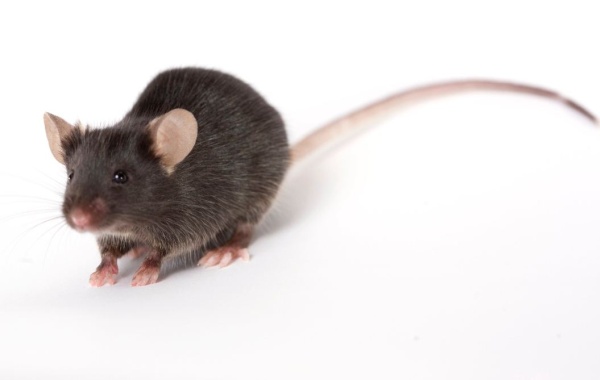
4 November 2015
Duh! “Teens drink more in crowds” is not earth-shattering news. The news is that when these mice are teenagers they, too, drink more in crowds.
The discovery was made while looking for something else.
In 2013 psychologists Laurence Steinberg and Jason Chein of Temple University asked the question, “Does verbal peer pressure make teens drink more, or is it actions and not words that prompt them to do it?” Since it’s impossible to run a controlled non-verbal test on drinking humans, they looked for a critter that voluntarily drinks alcohol.
Enter Mouse C57BL/6, otherwise known as Black-6, the most studied mouse on earth. He’s an inbred lab mouse known for obesity, alcohol consumption, morphine addiction, a weakened immune system, pain sensitivity, atherosclerosis and age-related hearing loss. And he can’t use verbal peer pressure. “We chose mice for this experiment, said Steinberg, “because mice don’t know what their friends want them to do.”
Science Daily explains what happened,
For the study, a sample of mice were raised in same-sex triads and were tested for alcohol consumption either as juveniles or as adults, with half in each age group tested alone and half tested with their agemates. The researchers found that the presence of “peers” increased alcohol consumption only among adolescent mice.
They published their findings two years ago in Developmental Science as: Adolescent mice, unlike adults, consume more alcohol in the presence of peers than alone. I learned about it when I read Elizabeth Kolbert’s August article in The New Yorker: The Terrible Teens.
The mice had a good time and no one got hurt. Fortunately mice can’t drink and drive.
(photo linked from the article From Mice To Men at ScienceNode.org, where it was posted courtesy of The Jackson Laboratory. Click on the image to see the original article at Science Node)
That is funny!